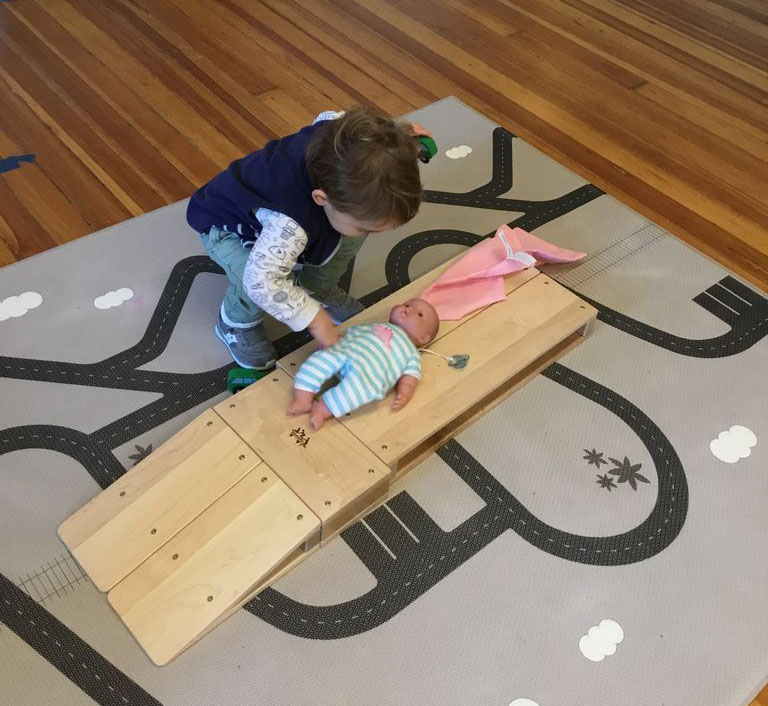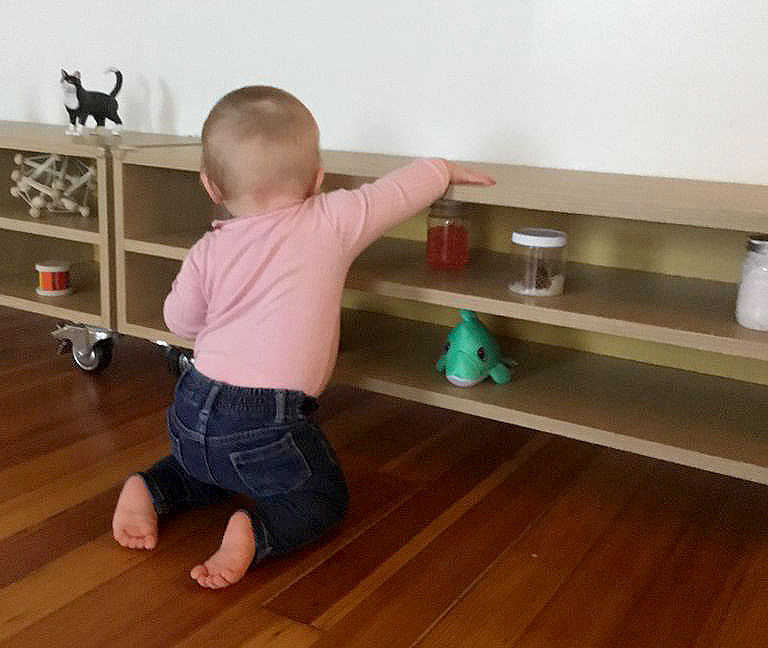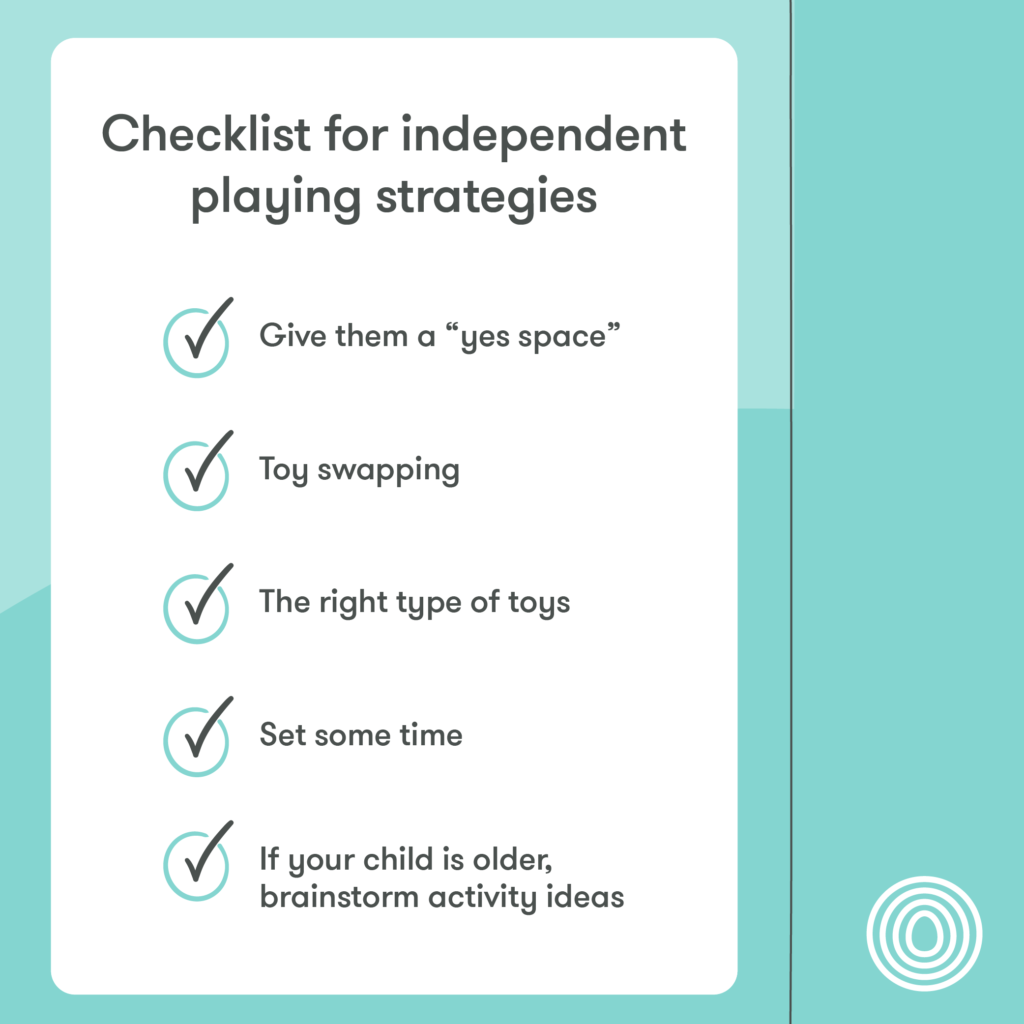It’s safe to say that all our Ethos members are familiar with play time. We believe children learn through play and exploration, and there are many benefits to participating in play everyday, especially given our current circumstances.
In this issue, we’ll learn more about the benefits of play and how to encourage independent play in our children.

Why play today?
Play grants children the opportunity to explore and develop a greater sense of the world around them. It also serves as a way for children to express their emotions, assert control, and utilize their gross and fine motor skills.
Playing with your child comes with additional benefits, as it is one of the most important interactions you can have with them. It’s one of the easiest ways to participate in serve & returns. Additionally, playing with someone (whether it’s a caregiver or a friend) allows children to practice their social skills such as listening, taking turns, and developing empathy.
Different types of play
There are different types of play that children can participate in, and all types have a positive impact on development.
Social Play: When children play with others such as peers or parents. Ex: Playing ball, playing make believe, competing, etc.
Independent Play: When children play by themselves. Ex: doing puzzles, playing with blocks, telling stories to their dolls and toys.
Guided Play: Playing with contexts set up by adults. Ex: If a parent provides props and encourages a certain make-believe scenario for their child.
Independent Play

Play can help relieve stress. This can be a great time to practice independent play, as building this takes time and patience. For babies all the way up to preschool kids, independent play provides opportunities to foster imaginative and creative skills, build problem solving skills, and learn patience. It also allows parents to find a balance between playing and spending time with their child and completing their own activities. As parents, please do not feel guilty when you need some time to cook or do work, as solitary play also holds benefits for your child. You don’t always have to hover or interrupt when your child is happily involved in a toy or exploration by themselves. With that being said, getting your child into independent play takes effort. We have shared some tips below on how to encourage independent play.

- Give them a “yes space”: The best way to encourage this play is through creation of an appealing space where your child can safely play: a place with no physical restrictions, a space where they won’t have to be told “no.” Making a “yes space” creates a place where they can play without making major messes or hurting themselves. For younger kids, start with a place close to you. See below for resources:
- Toy swapping: Rather than giving too many toy options all at once, rotate the toys (a few toys at a time, as needed) helps to keep children’s environment interesting.
- The right type of toys: Babies and children are most likely to engage with toys that are developmentally appropriate and provide them with just the right level of challenge. If it’s too easy, they get bored. If it’s too hard, they get frustrated. If Independent play is proving to be hard, consider starting with open-ended toys (toys that have multiple uses such as cardboard boxes, pots, blocks) or toys with movement (such as car trackers) which are engaging for most kids. See below for more ideas:
- Set some time: Set a specific time where children are expected to play by themselves. Pick a time based on when your child is most likely to be successful (not overtired or hungry). Timewise, 5-7 minutes is a good starting place for our youngest ones to practice playing alone. For our youngest ones, proximity is also helpful when starting them off with independent play. At first, sit next to your child as they play instead of joining them. You don’t have to leave them alone in order for them to participate in independent play. As they get comfortable playing alone, over time, you can slowly start by increasing your distance, still staying in the vicinity to eventually moving further away.
- If your child is older, brainstorm activity ideas: Set an expectation (“I’ll be gone for five minutes. What are you going to play with while you wait?”). You can encourage your child by saying “you’ve got a lot of ideas, I bet you can think of something to do.”
Independent play takes time and patience, but when it happens, it offers opportunities for children to gain confidence which they will take into new places. It also gives parents a break, but don’t expect it to last too long 😉 But have no fear, as your child gets older, they’ll be able to play alone for longer periods of time.
Our teachers and Ethos members are here for you. As always, you are welcome to schedule time if need be.
Stay safe, stay well, stay home!
Till Next Post,
Aleezeh Makani
Ethos Early Learning Center Educator
05/22/2020
The list below contributed to the suggestions above and also offer additional ideas and resources for you and your family:
- Playing Alone Can Promote Creativity, Initiative, and Esteem
- Summertime, Playtime
- How to Encourage Your Child to Play Independently (Whilst Avoiding Parental Guilt!)
- Encouraging Independent Play
- Growing Independence: Tips for Parents of Toddlers and Twos
- Going Solo: Independent Play in Toddlers
- The Value of Solo Play